-
 © Tony Baker/Classic & Sports Car
© Tony Baker/Classic & Sports Car -
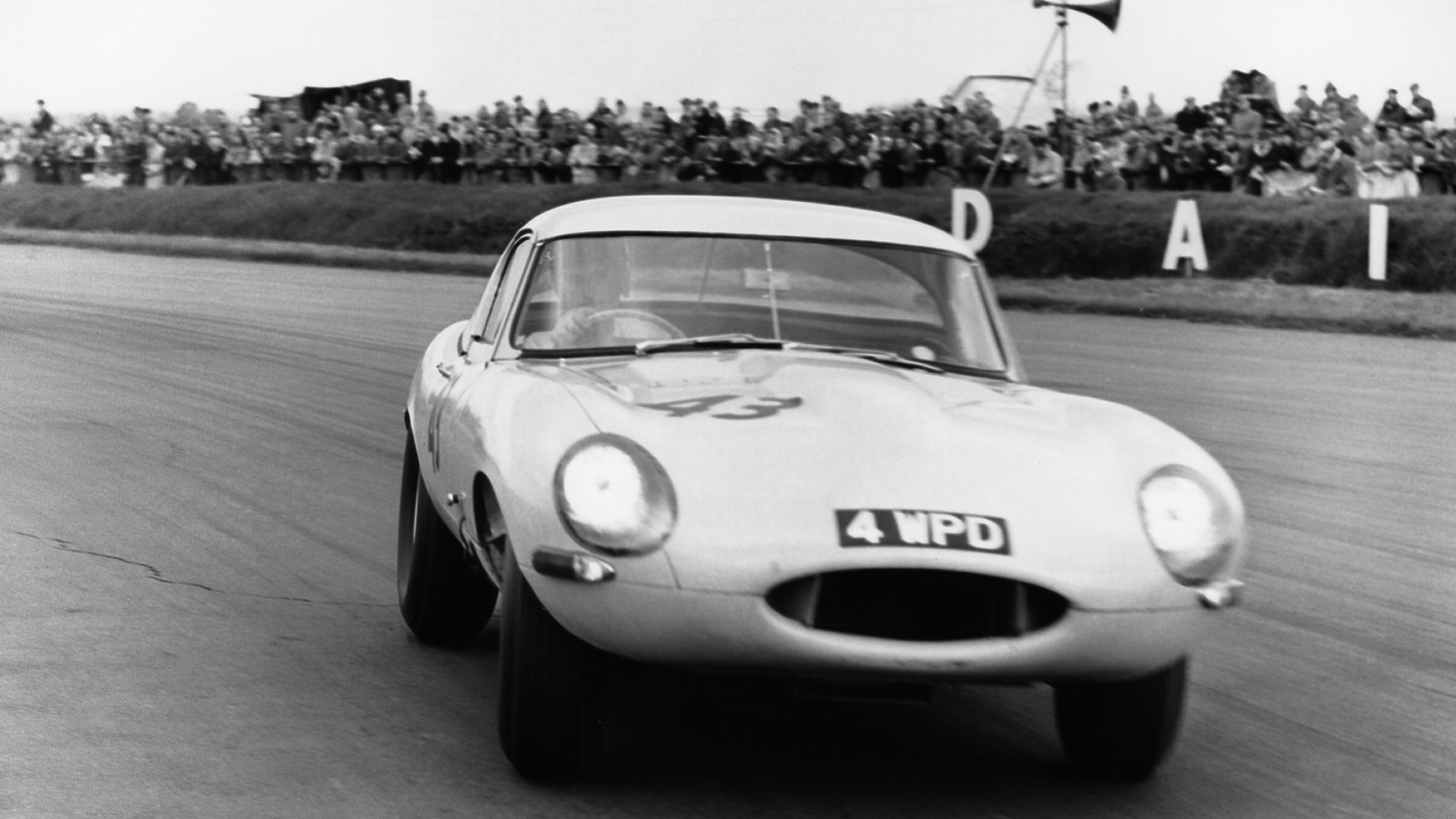 © Newspress
© Newspress -
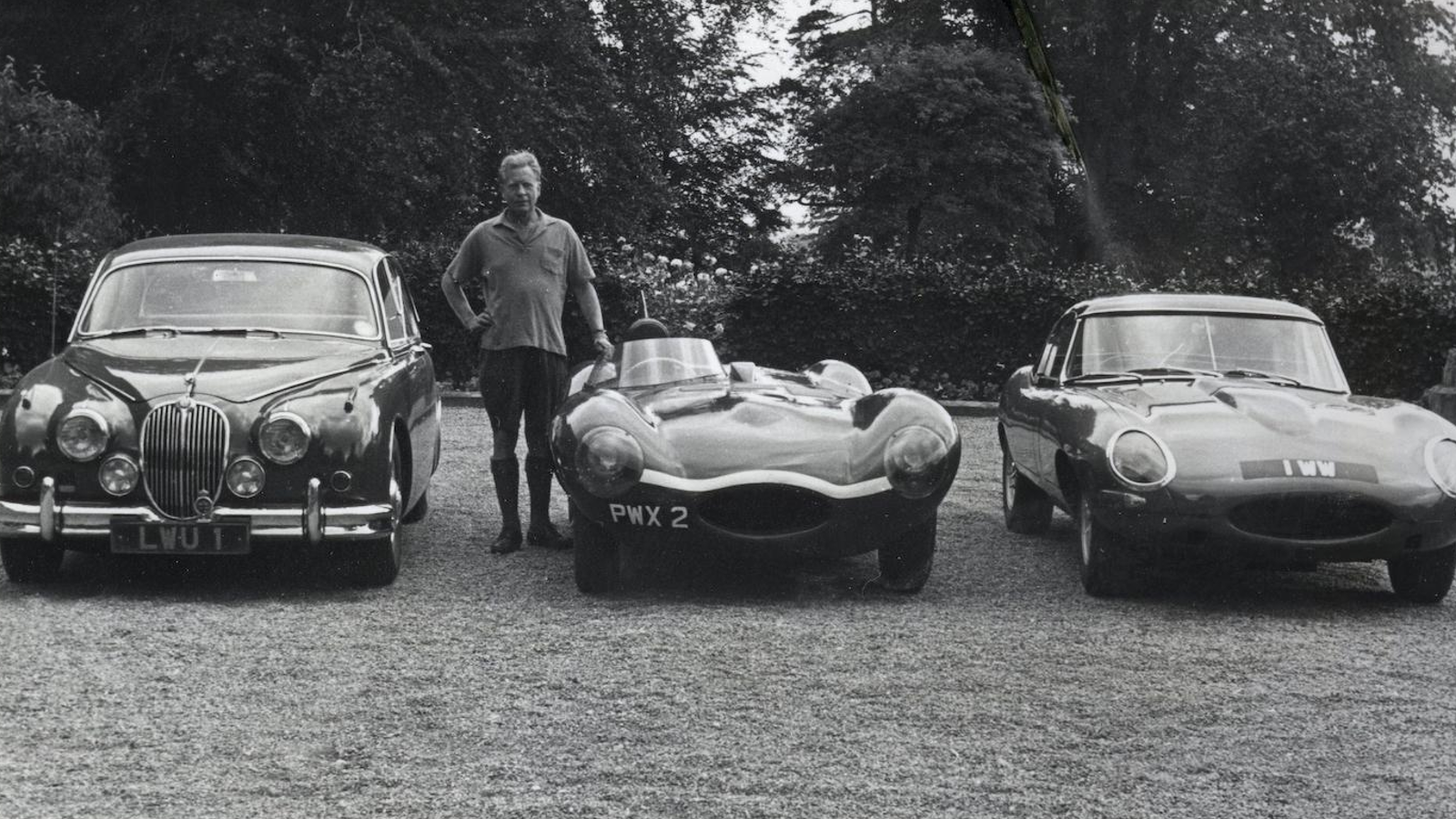 © Ropner family archive/Bonhams
© Ropner family archive/Bonhams -
 © Tony Baker/Classic & Sports Car
© Tony Baker/Classic & Sports Car -
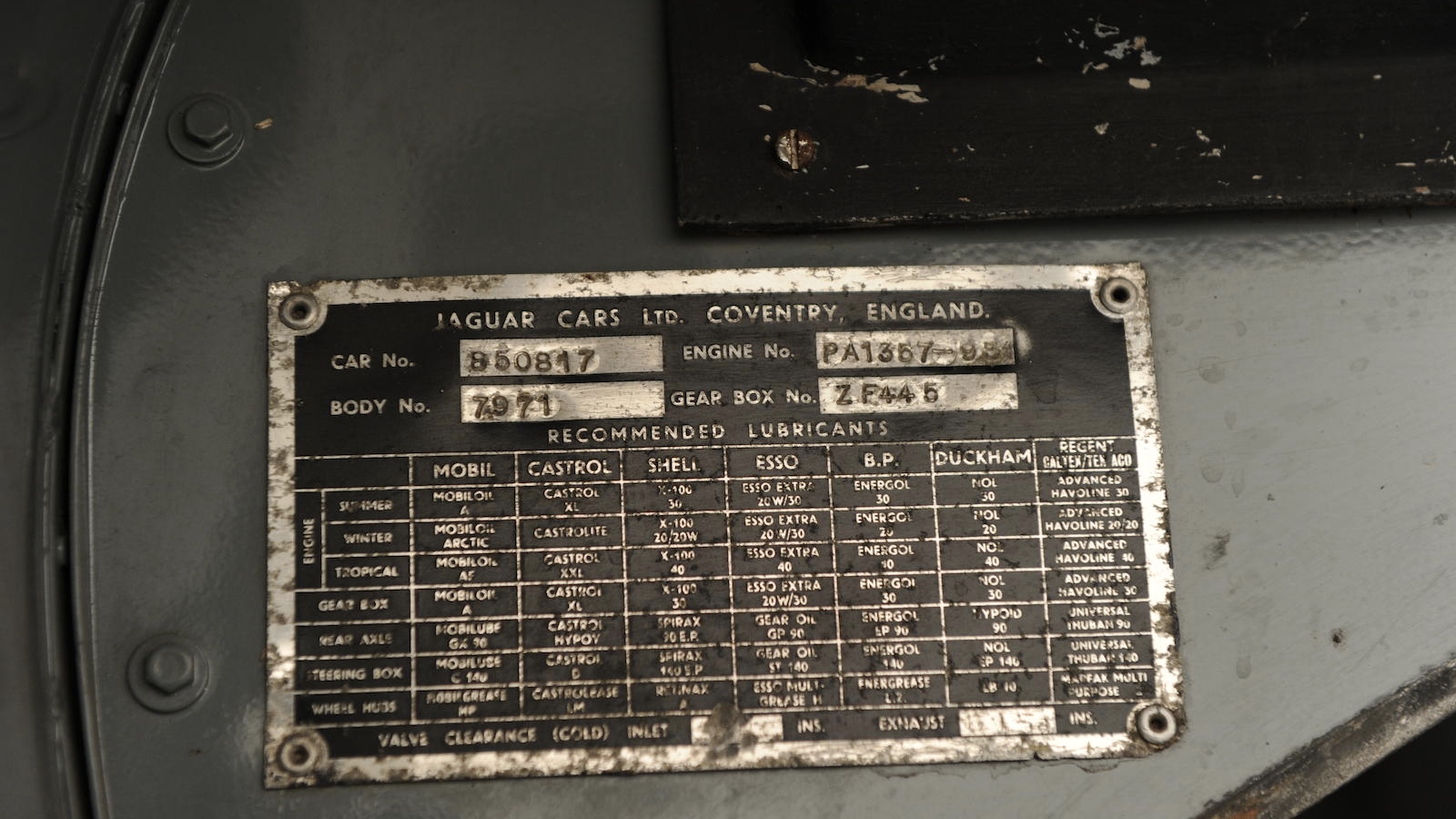 © Bonhams
© Bonhams -
 © Tony Baker/Classic & Sports Car
© Tony Baker/Classic & Sports Car -
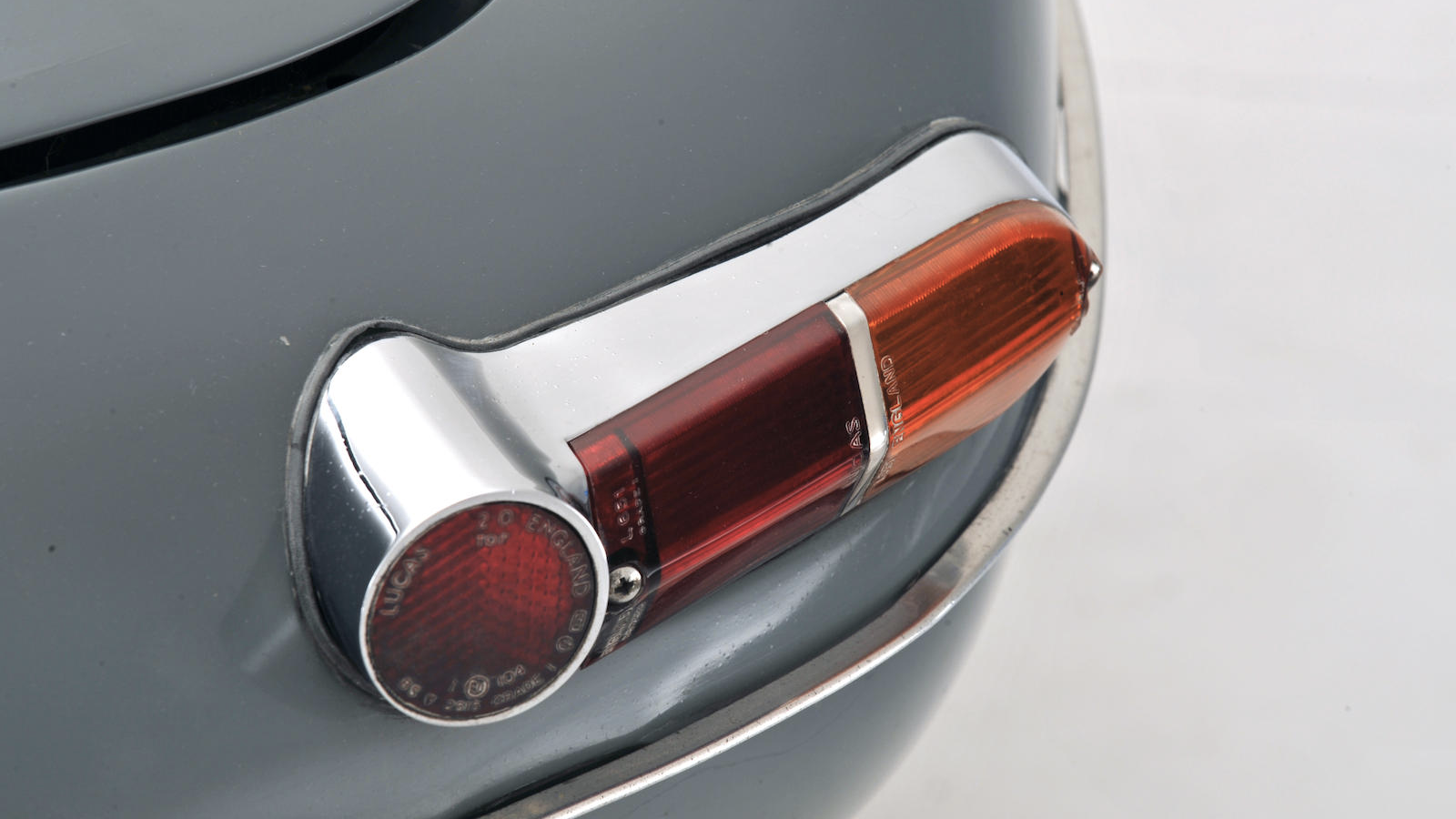 © Bonhams
© Bonhams -
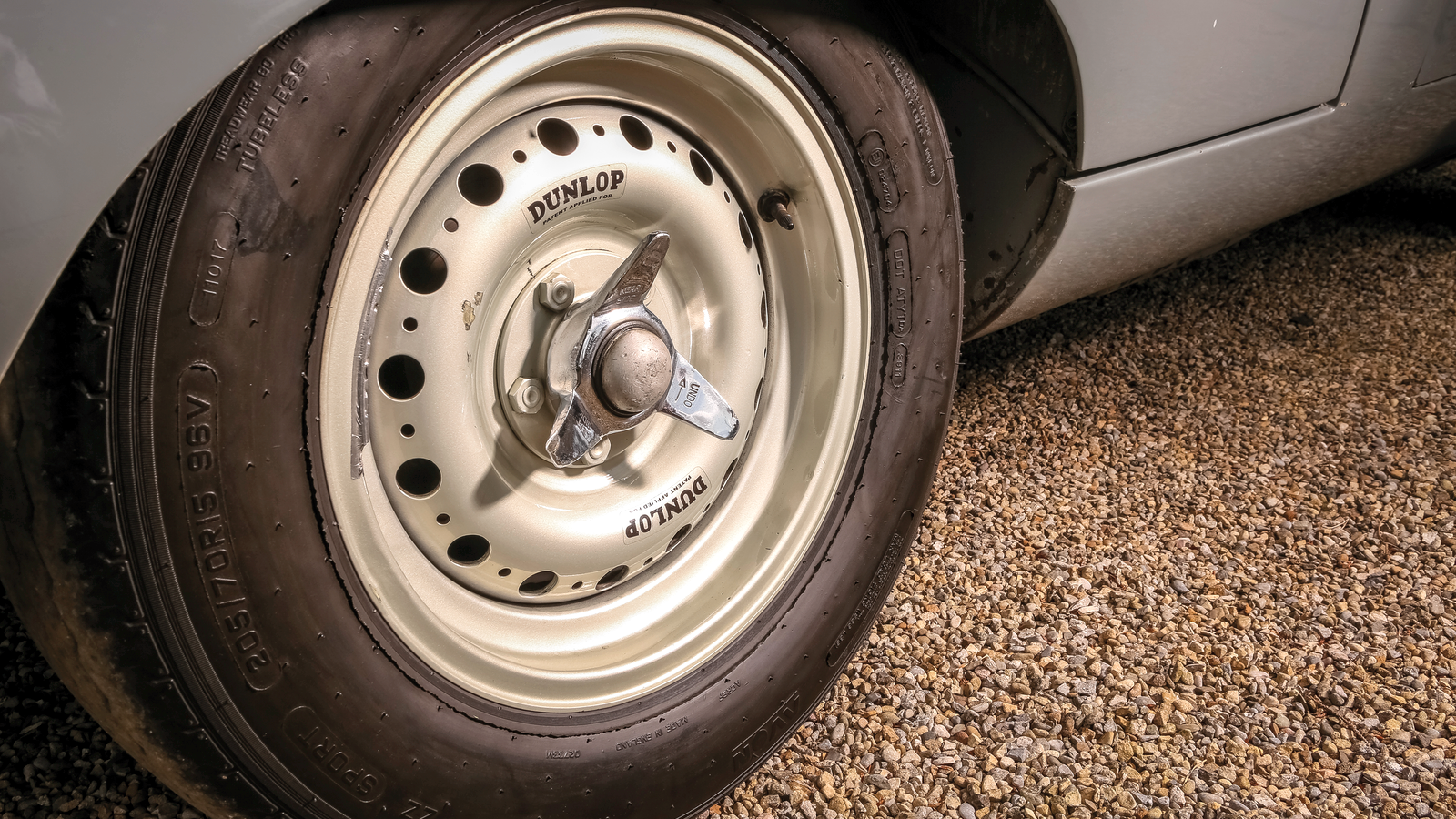 © Tony Baker/Classic & Sports Car
© Tony Baker/Classic & Sports Car -
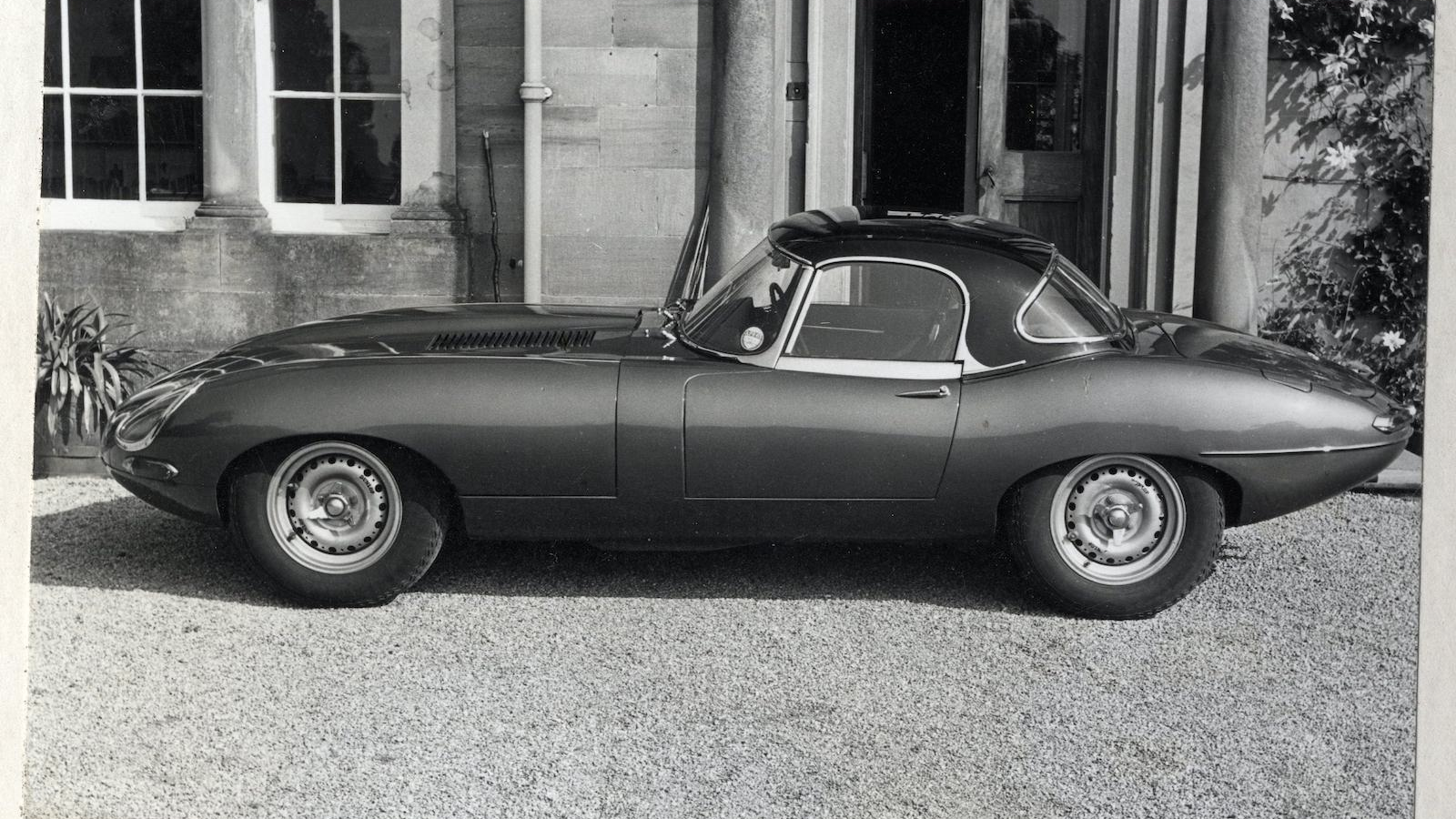 © Ropner family archive/Bonhams
© Ropner family archive/Bonhams -
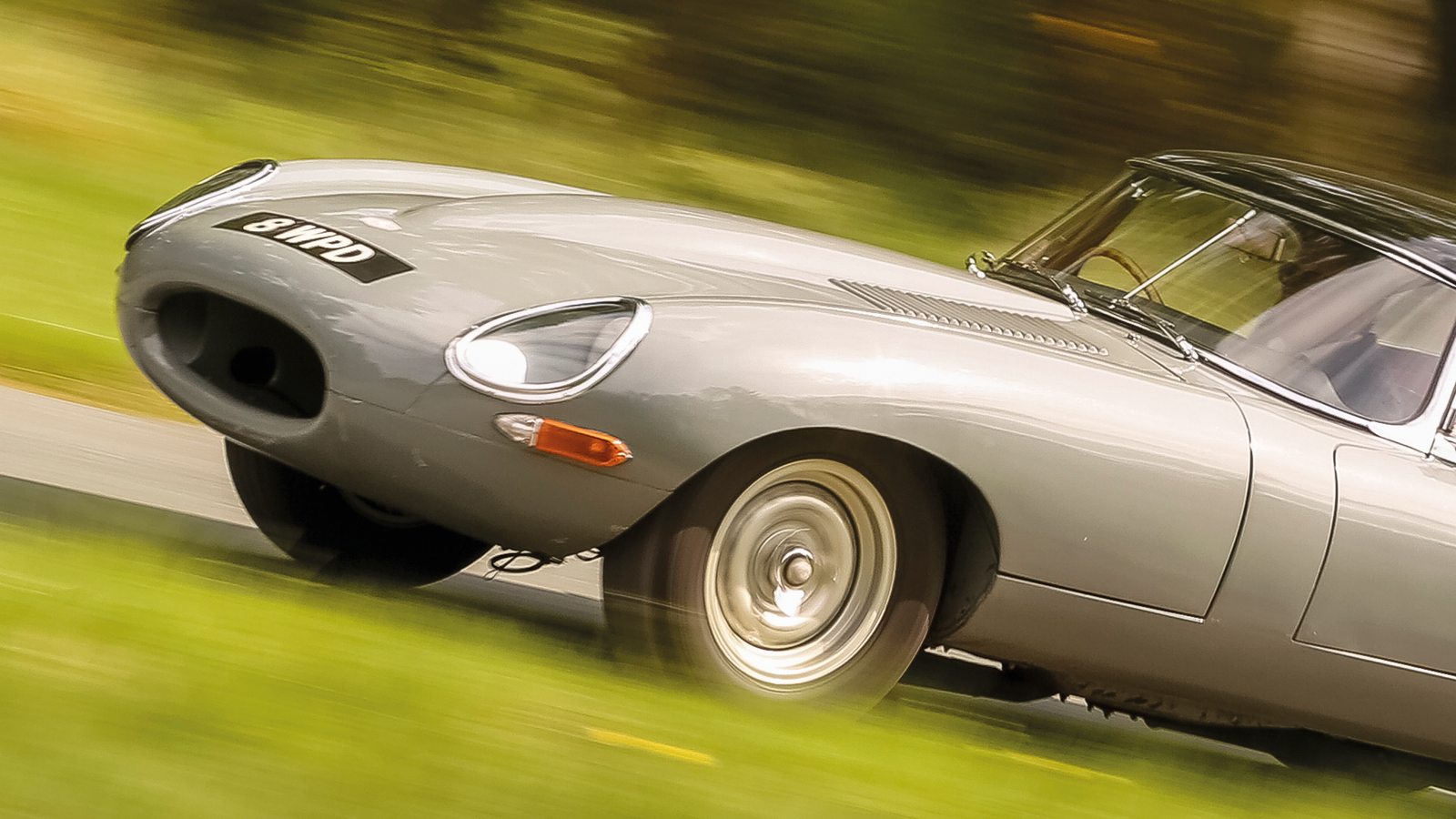 © Tony Baker/Classic & Sports Car
© Tony Baker/Classic & Sports Car -
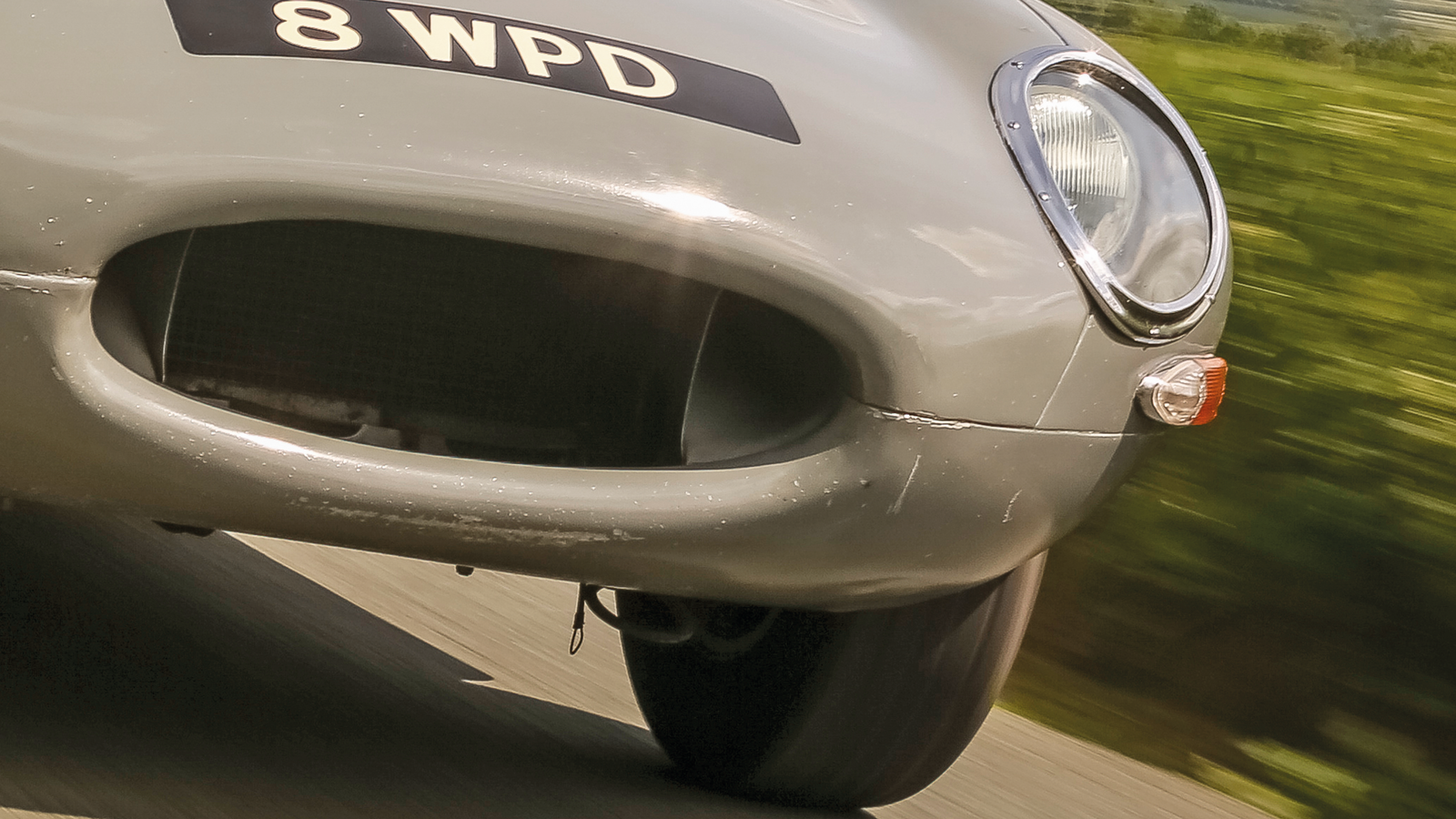 © Tony Baker/Classic & Sports Car
© Tony Baker/Classic & Sports Car -
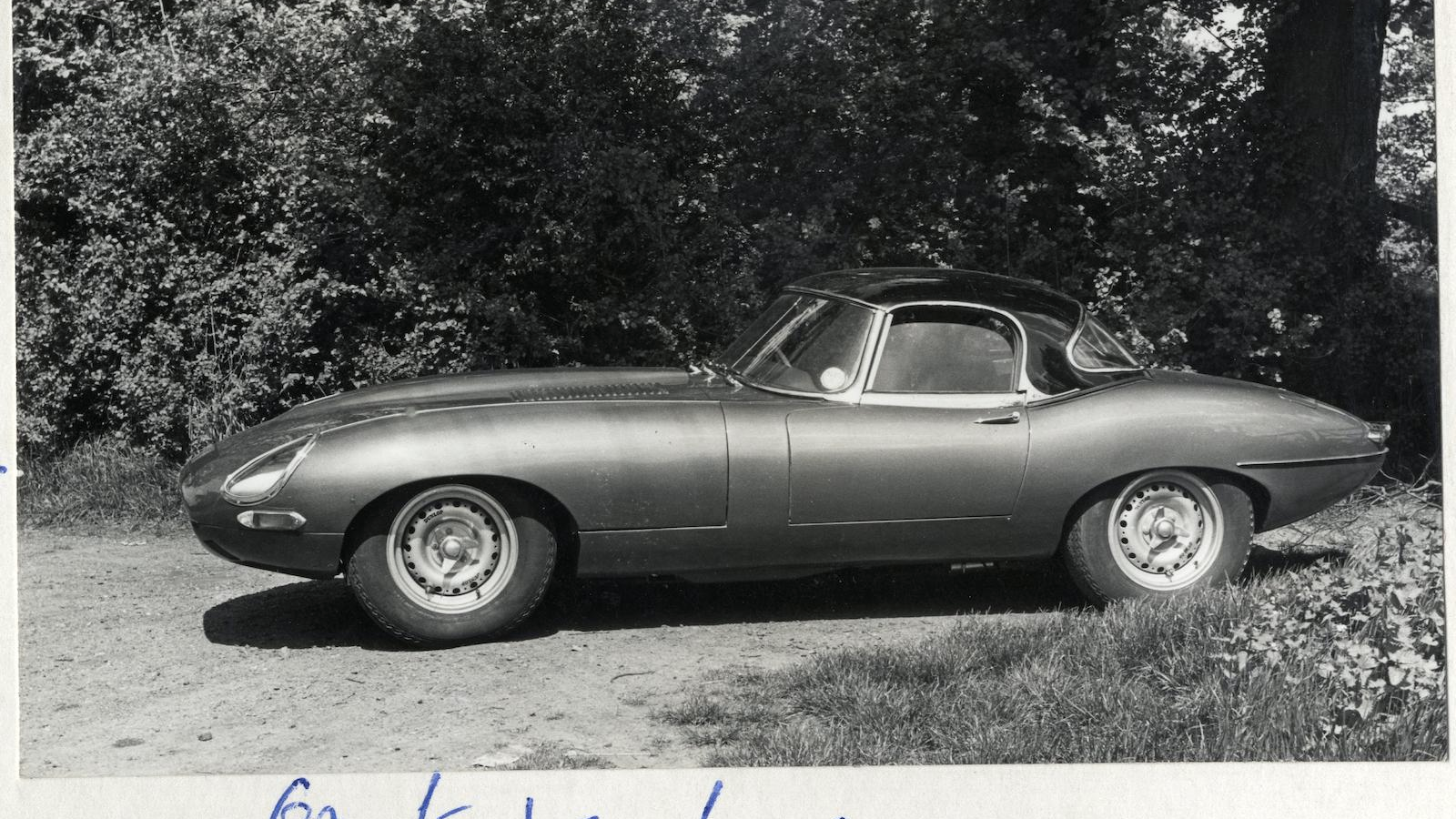 © Ropner family archive/Bonhams
© Ropner family archive/Bonhams -
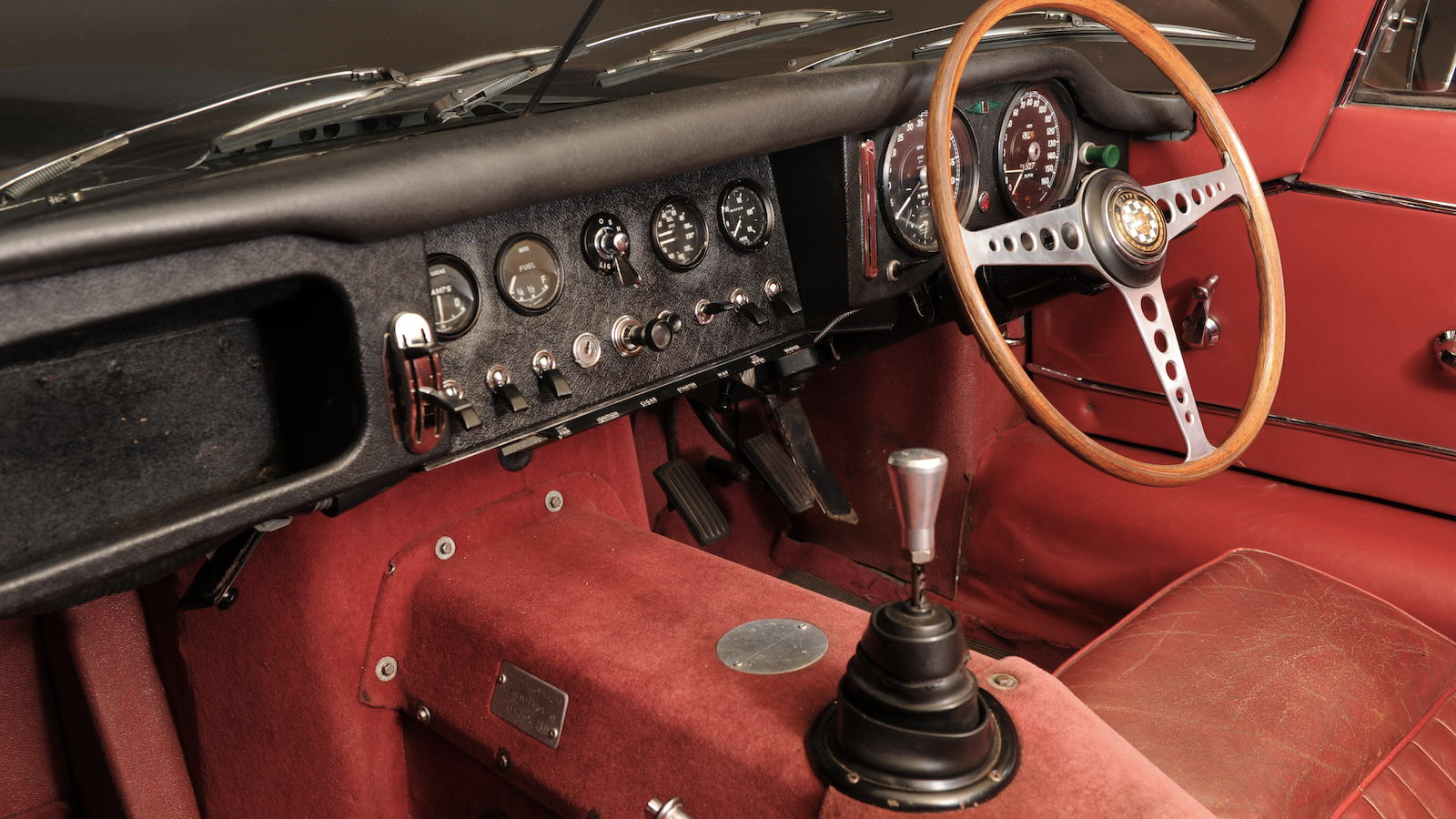 © Bonhams
© Bonhams -
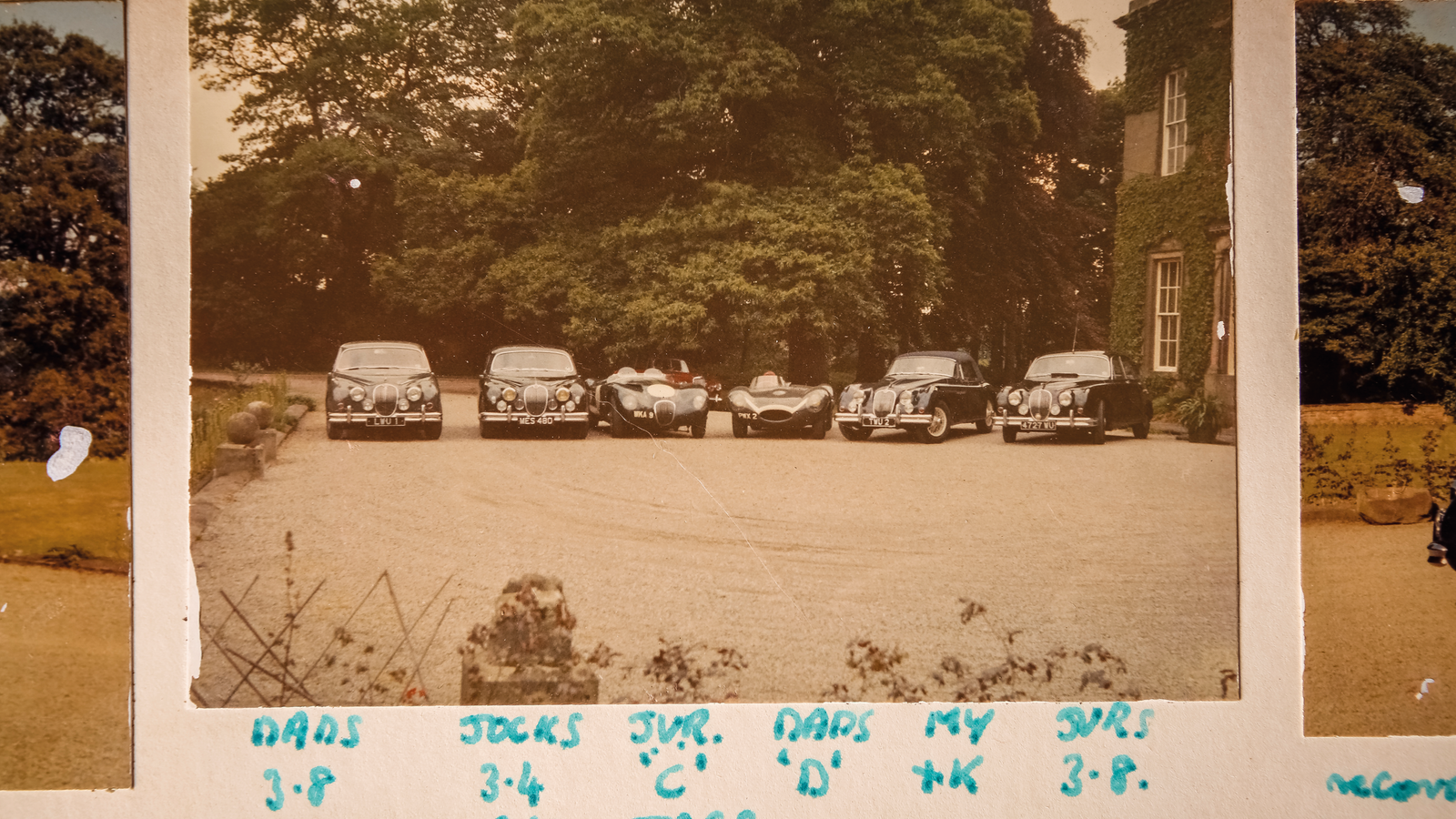 © Ropner family archive/Classic & Sports Car
© Ropner family archive/Classic & Sports Car -
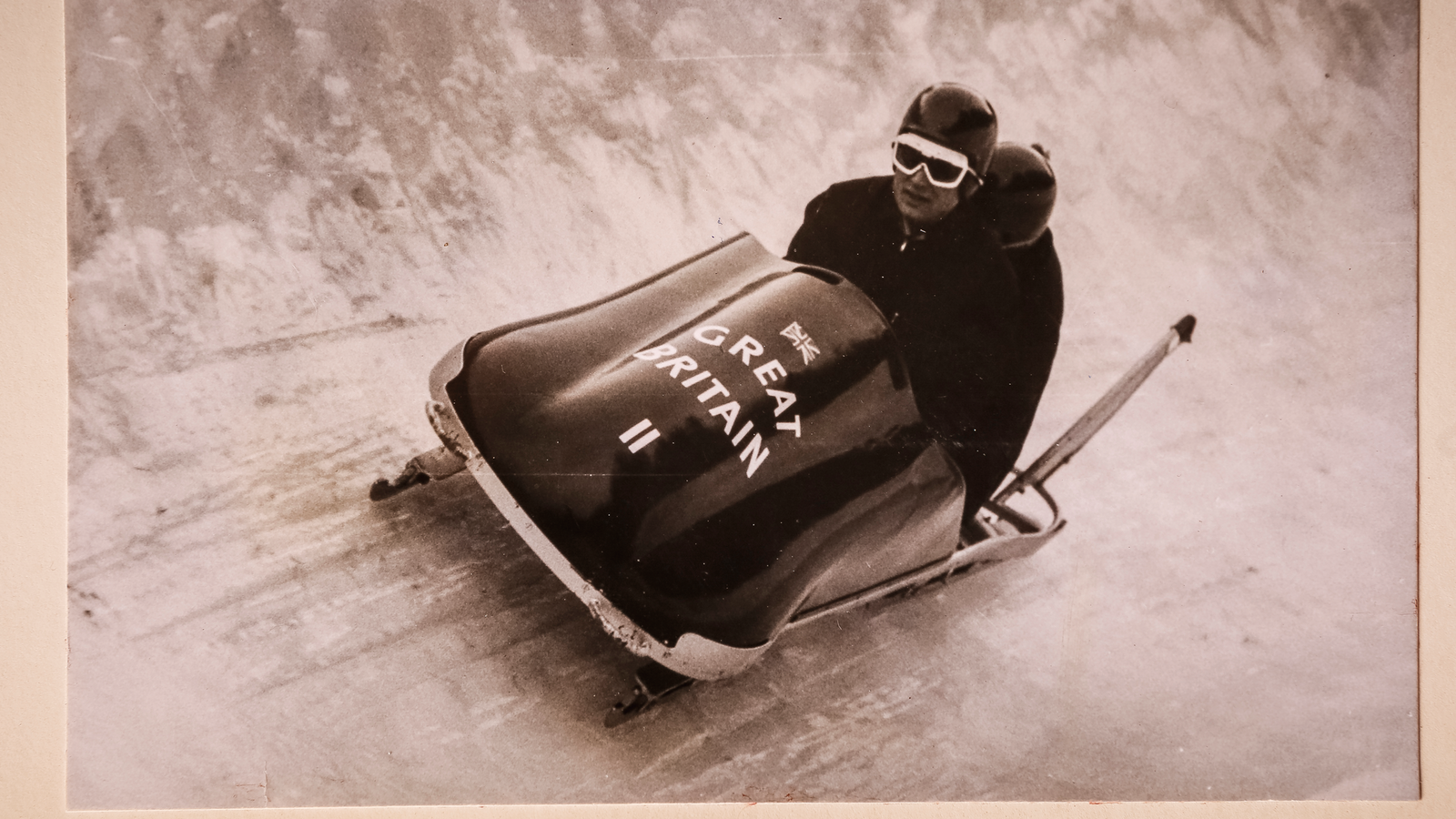 © Ropner family archive/Classic & Sports Car
© Ropner family archive/Classic & Sports Car -
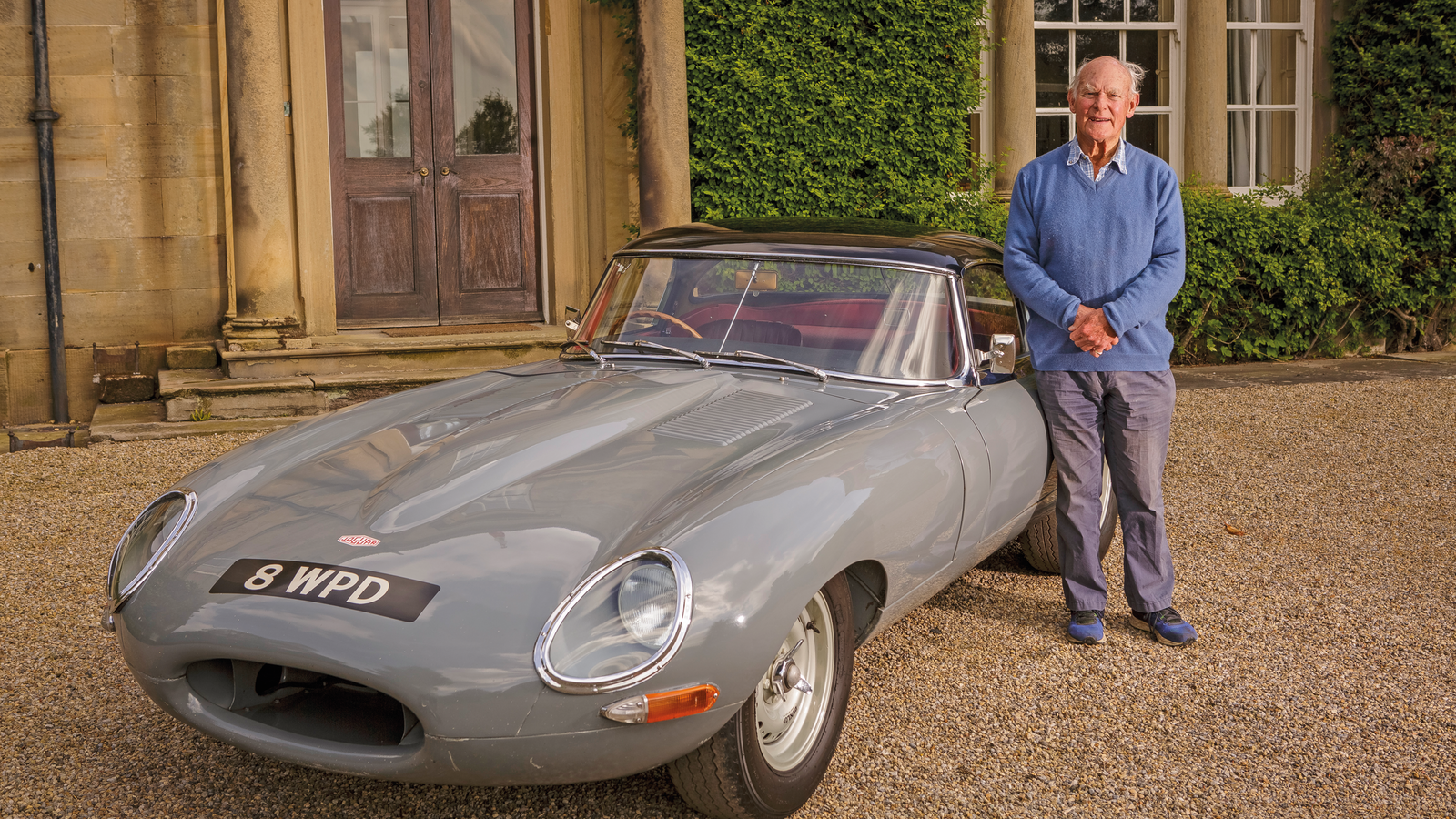 © Tony Baker/Classic & Sports Car
© Tony Baker/Classic & Sports Car -
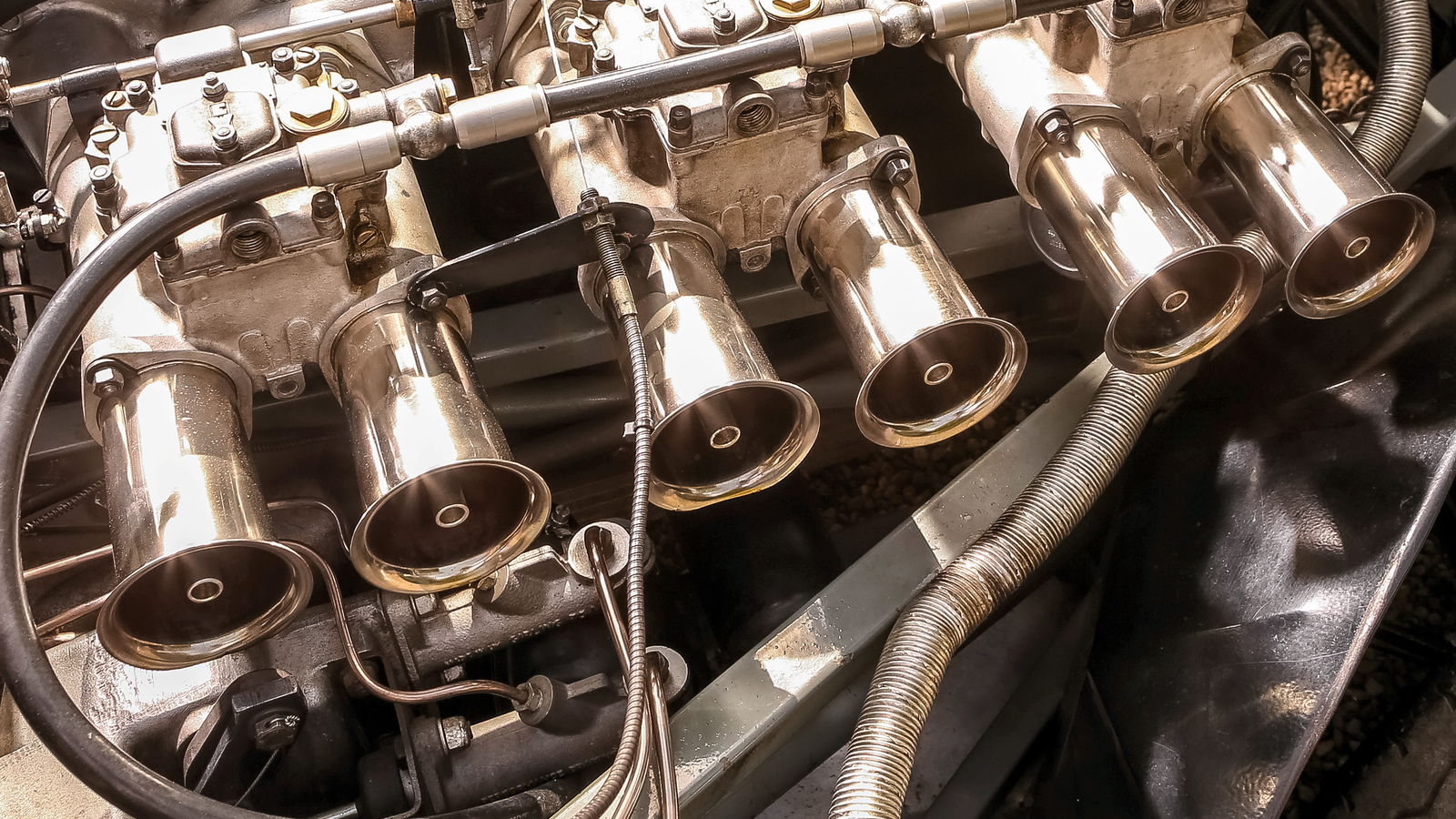 © Tony Baker/Classic & Sports Car
© Tony Baker/Classic & Sports Car -
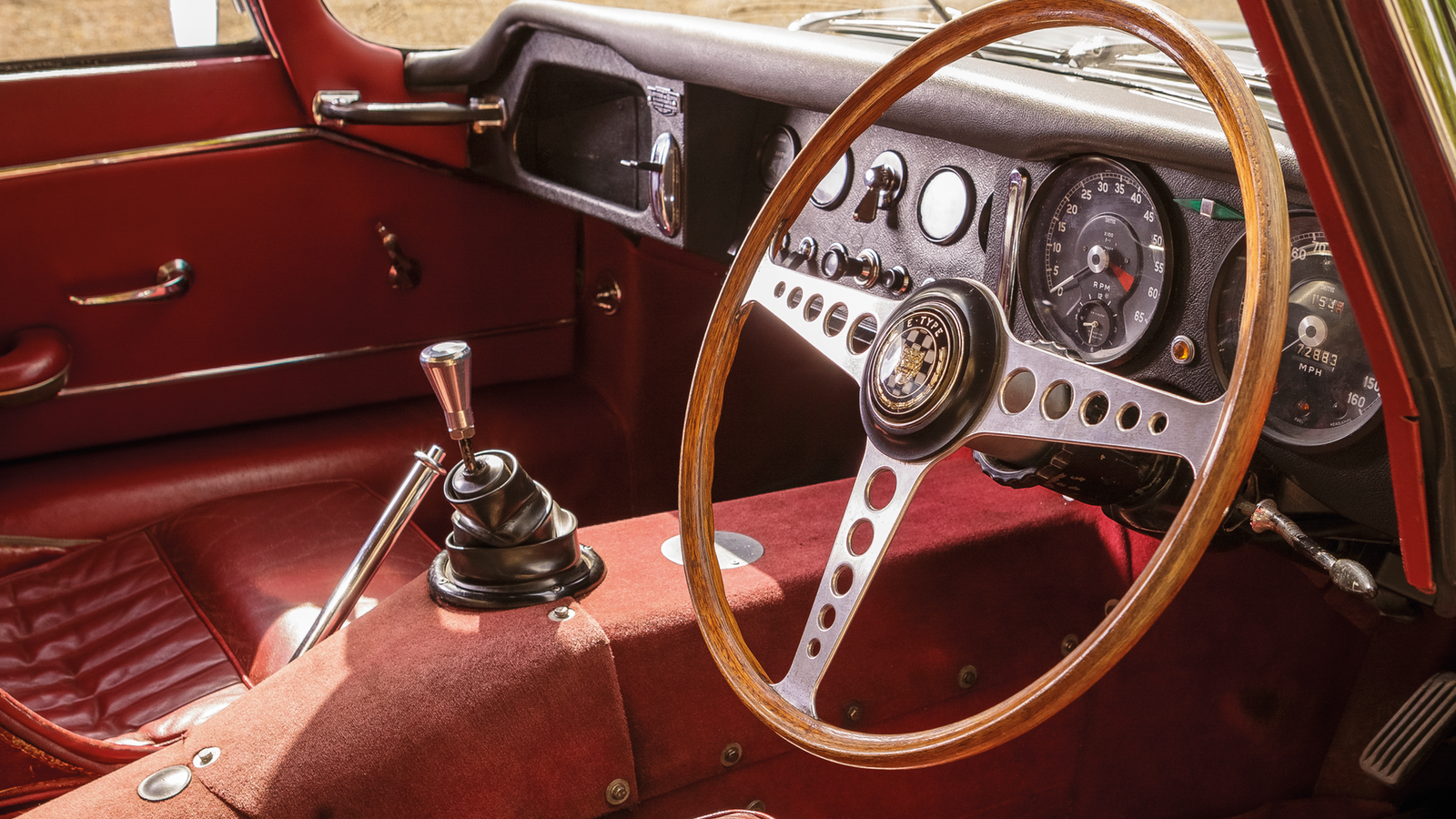 © Tony Baker/Classic & Sports Car
© Tony Baker/Classic & Sports Car -
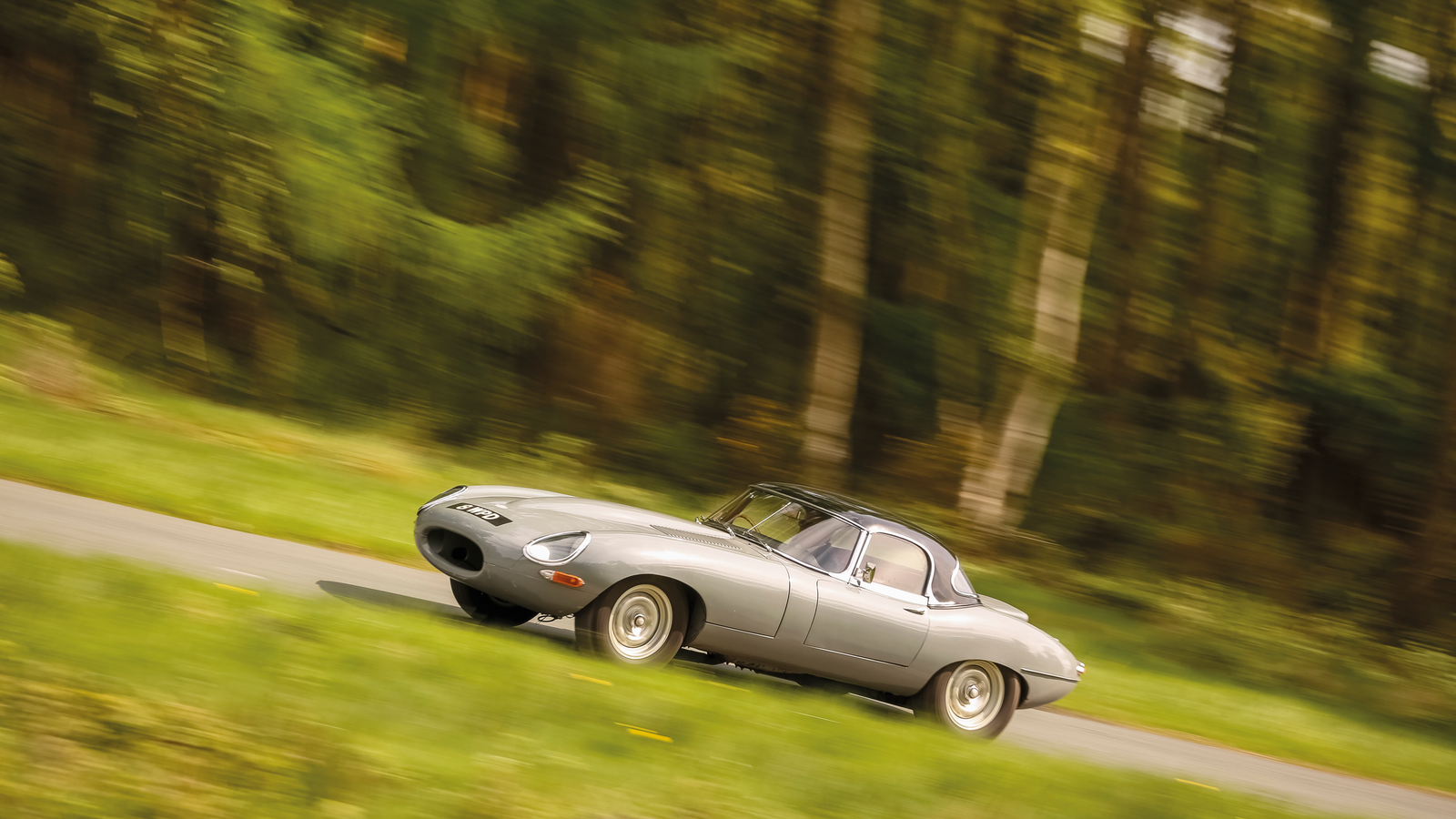 © Tony Baker/Classic & Sports Car
© Tony Baker/Classic & Sports Car -
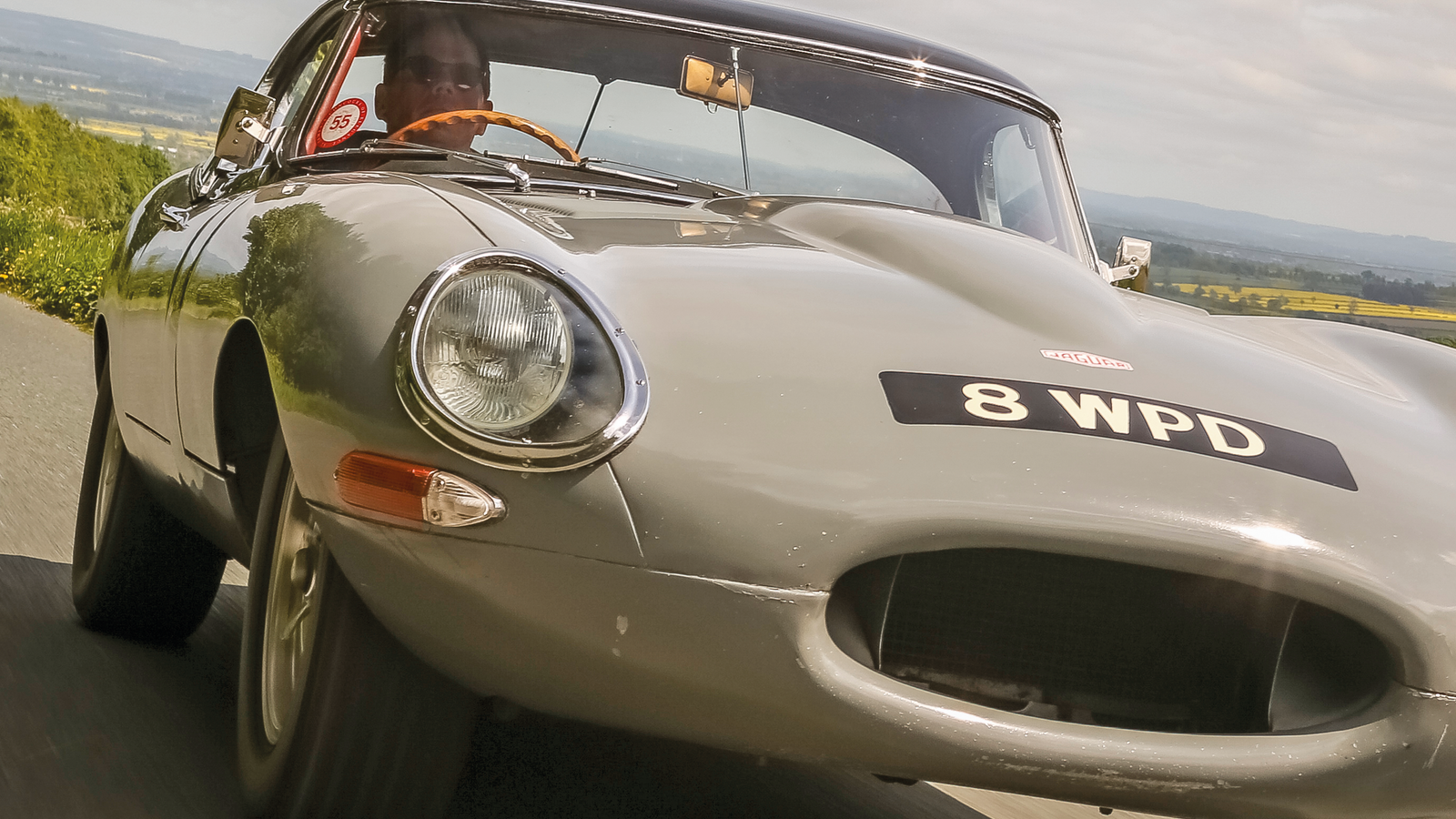 © Tony Baker/Classic & Sports Car
© Tony Baker/Classic & Sports Car -
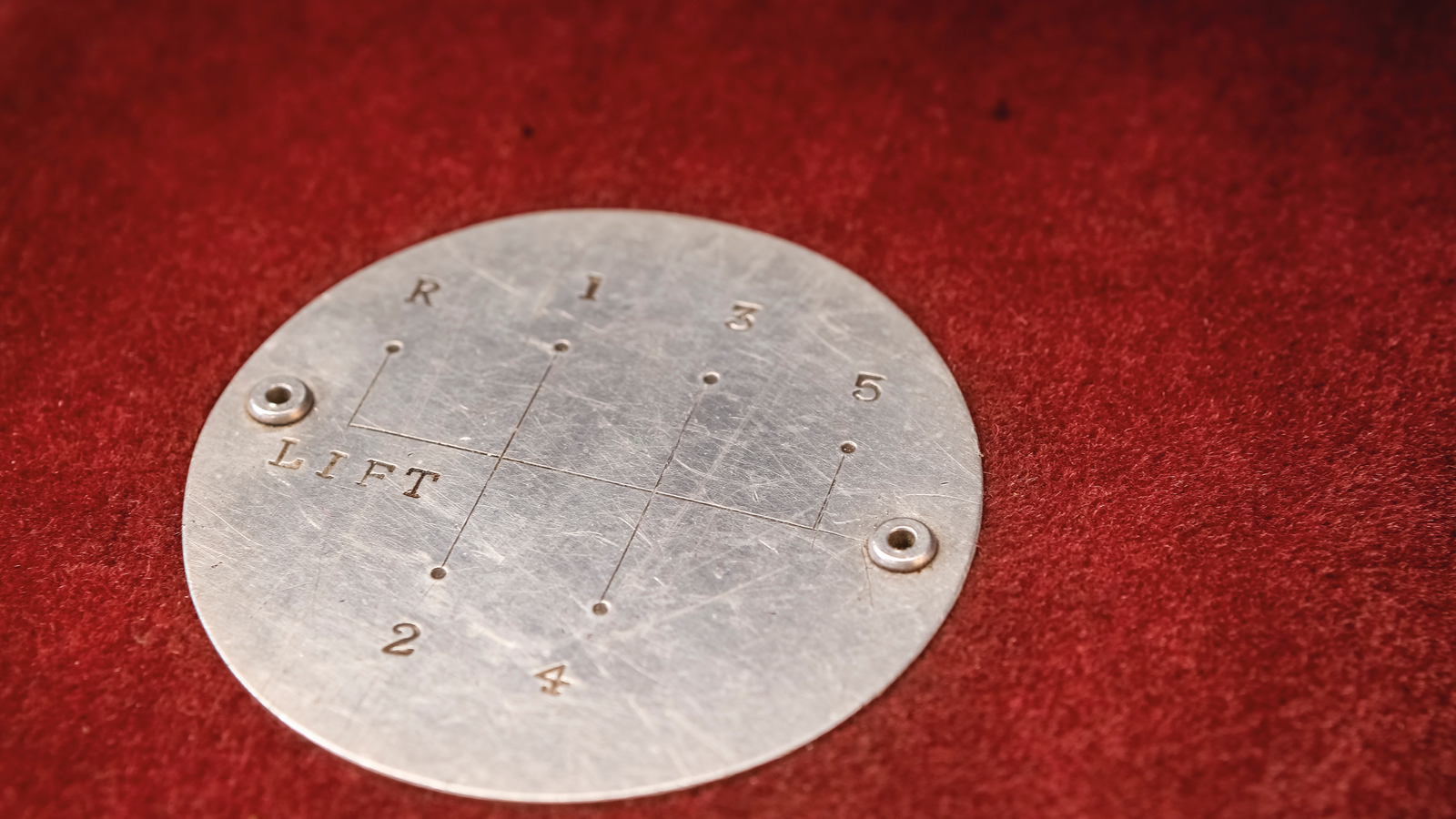 © Tony Baker/Classic & Sports Car
© Tony Baker/Classic & Sports Car -
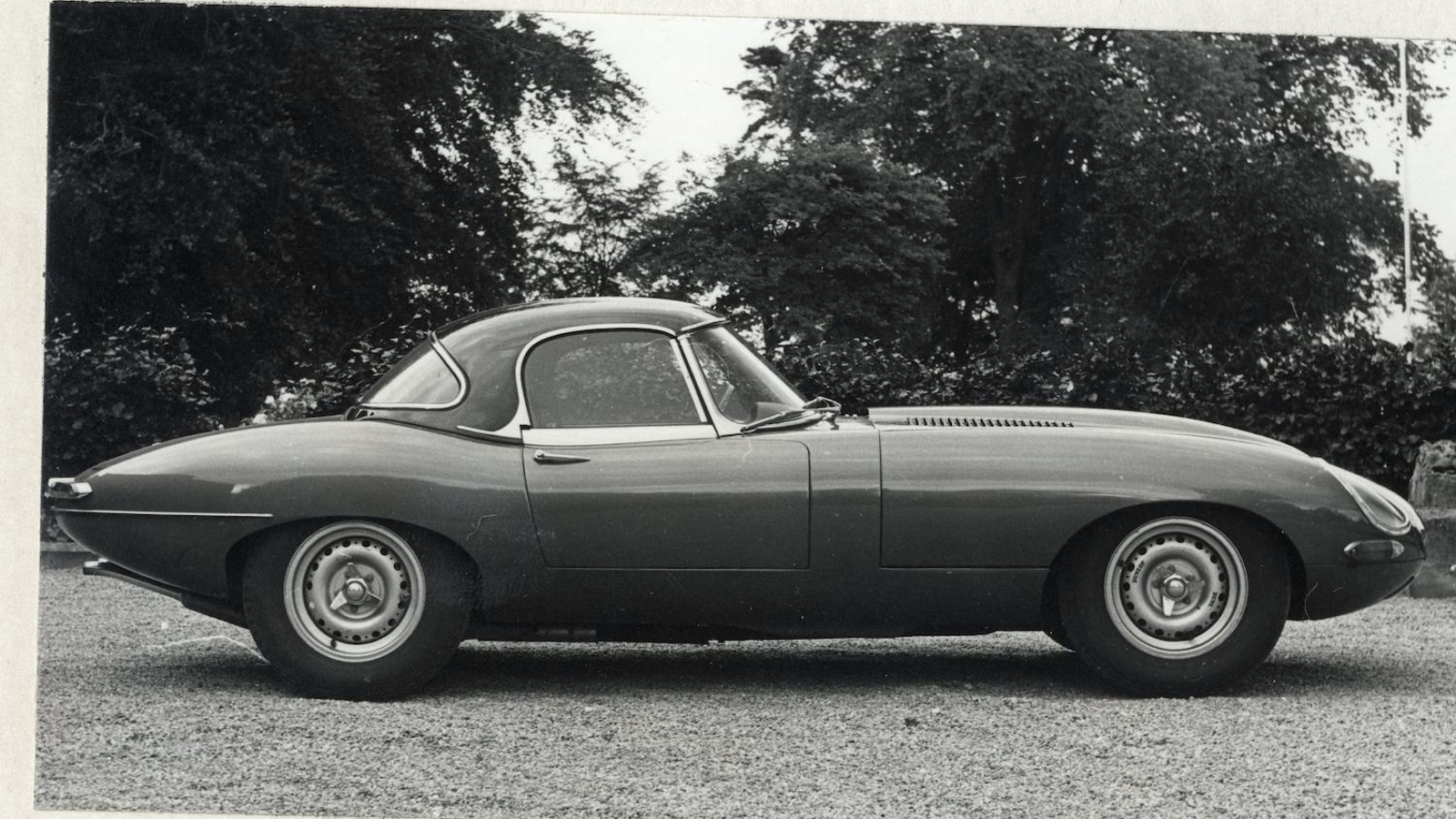 © Ropner family archive/Classic & Sports Car
© Ropner family archive/Classic & Sports Car -
 © Tony Baker/Classic & Sports Car
© Tony Baker/Classic & Sports Car
-
Behind the wheel of the Ropner Semi-Lightweight
Jaguar produced just 12 Lightweight examples of its iconic E-type – and all of the fabled featherweight machines were destined to go racing.
If you want one for the road today, your options are pretty much limited to a ‘continuation’ car – one built with modern materials in the style of the original, but without the heritage of a historic motor.
Unless you own the Ropner Semi-Lightweight E-type, that is: built in the ’60s for a wealthy baronet, it was one of just two special-order machines ever made by the factory.
How did he get it? And what’s it like to drive? We took it home to find out.
-
Racing pedigree
The history of the 12 original, factory-built Lightweight racers is well known – but in 1963 wealthy baronet, shipping magnate and Jaguar lover Sir Robert Ropner contacted the factory about ordering a one-off model for use on the road.
-
Special customer
Ropner was already a valued Jag customer, owning a D-type and a Mk2 saloon, so his enquiry received special attention.
-
Refined for the road
Jaguar’s chief engineer Bill Heynes knew a track-spec, aluminium racer would be an impractical, noisy and challenging machine to use regularly on the road, so the specifications of this unique car were adjusted to make it stronger and more refined, while at the same time fulfilling Ropner’s expectations of ultimate performance.
-
Strengthened with steel
Heynes instructed that chassis S850817 should be built around a steel-skinned monocoque with an aluminium bonnet and door skins, but with steel frames to support standard window glass.
-
Block change
The engine was also a compromise for road use, with a cast-iron block replacing the racer’s aluminium unit.
Triple Weber carburettors, as fitted to the D-type, squeezed around 280bhp from the motor at 5500rpm, but what gave the E-type its real performance legs was a five-speed ZF gearbox.
-
Big cat, low profile
Ropner insisted that his E-type have an understated presence, specifying a gunmetal-grey paint finish with a black hardtop and red leather trim. To keep weight down, it didn’t receive front or rear bumpers.
-
Rubber burner
Dunlop alloy disc wheels were ordered to take the extra power – though with a potential top speed of over 165mph, Jaguar and Dunlop were worried about the tyres, and advised Ropner to avoid prolonged runs at 130mph.
-
Born in '64
The spectacular E-type was finally finished in May 1964 and Ropner went to Jaguar’s Browns Lane factory to collect it, with the distinctive registration number 1 WW. Heynes himself turned out to greet his esteemed client, before Ropner drove 1 WW home.
-
Proven on the move
The ‘Semi-Lightweight’ proved to be sensationally fast and was taken on various high-speed trips to the Riviera (frequently accompanied by Ropner’s corgi dogs). Even on the Continent, little could match the grey E-type’s acceleration.
-
Daily driver
Ropner kept 1 WW for seven years and, as with his D-type, it was regularly called into service for the drive to his office.
Many motorists would have encountered the distinctive, rapid E-type as the baronet blasted by on the main road, at a time when there were no speed limits.
-
Repainted then restored
Eventually sold in 1971, it enjoyed several years of competition and was repainted first yellow, then blue, before eventually passing into the custodianship of John Foster, founder of the Ecurie Ecosse Tour.
A passionate Jaguar enthusiast and ceaseless perfectionist, Foster began a sympathetic restoration, preserving the original interior and rebuilding the unique iron block, which was cast for Ropner using the special aluminium-engine patterns.
-
Back to where it all began
Foster kept the E-type for more than 30 years, running it on epic Scottish roads and clocking up thousands of memorable miles.
Today it forms part of Lord Bamford’s impressive collection, but it felt like high time the E-type returned to meet members of the Ropner family who remember the car when it was new – and none more so than octogenarian bobsleigh legend Bruce, son of the E-type’s distinguished commissioner.
-
Memorable reunion
Bruce and cousin Jeremy Ropner were crowned British bobsleigh champions in 1962, and standing by the 84-year-old as his face lights up on seeing the grey E-type burble in is a special moment.
“It was always garaged here with my father’s D-type,” he recalls. “It was a breathtaking road car and my father used it regularly to drive to the office in Darlington.”
-
Still got it
Although Ropner has no hesitation about climbing aboard a bobsleigh aged 84, he’s apprehensive about driving the now-valuable E-type – but he’s happy to ride with specialist David Brazell at the wheel, for a memorable trip around familiar local roads.
-
Road-tripping
“In May 1968 the E-type did a fantastic road trip of Europe, visiting Paris, Avignon, Monaco, Lausanne, Frankfurt, Cologne and Brussels,” Ropner continued. “I remember he was frustrated when a brick fell off a French lorry and dented the alloy bonnet.”
-
Evocative noise
All of Ropner’s memories suddenly became more vivid as the straight-six engine fires up, and it’s a strange feeling heading down the Camp Hill drive where it arrived new in 1964 – and will probably never return.
-
Behind the wheel
On his return, Ropner’s smile is wider than ever: “It still feels very quick. Please can you take my son out for a run?”
-
Punchy runner
Out on the road, the car’s charm is even more rewarding. We motor east in search of quieter, open roads to better appreciate the E-type’s alluring character – and when the route clears this great Jaguar gets a chance to stretch its legs.
The performance through the gears is spectacular, that signature nose lifting as it punches forward with effortless pace. Best of all is the sharp roar that accompanies the charge.
-
Smooth and sublime
Powering out of hairpins, it happily gives a superbike a challenge, but through open bends the car shows its true pedigree.
The handling, steering and brakes are superb, yet it’s the urgent torque and smooth power that make it all so rewarding. The mid-range punch is addictive, and equally impressive is how the car copes with bumps as you storm out of rougher corners.
-
Genuine delight
This understated, battleship grey, bumperless E-type is just such a wonderful machine.
It’s been re-registered, repainted and rebuilt over the past 45 years, but remains a truly genuine car with immense character and spectacular performance.
-
Storied machine
For every ounce of provenance that a modern continuation E-type might lack, this magnificent classic Jag oozes history – from the genuine patina to the tales of its past.
-
The best there is
As specialist David Brazell – who has looked after the car for several owners – enthused: “For me it’s the best roadgoing E-type. I love its understated, slightly shabby-chic appearance that no-one takes seriously at first.”
We couldn't agree more.
